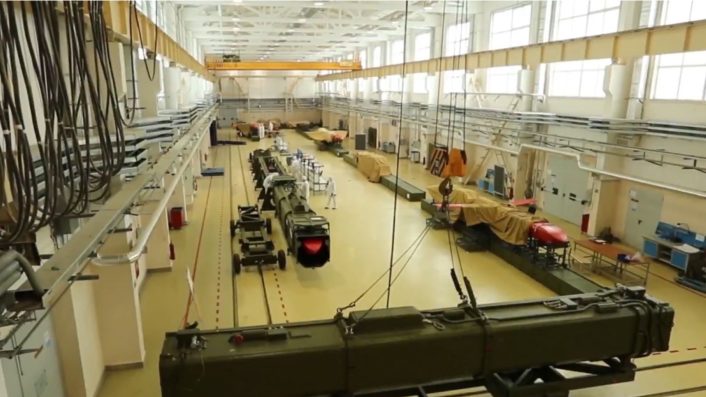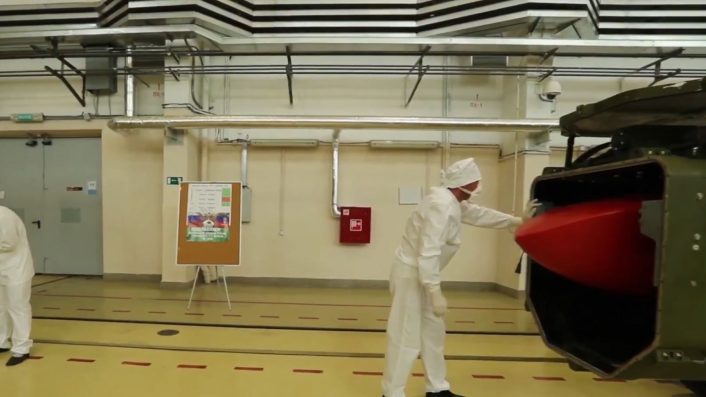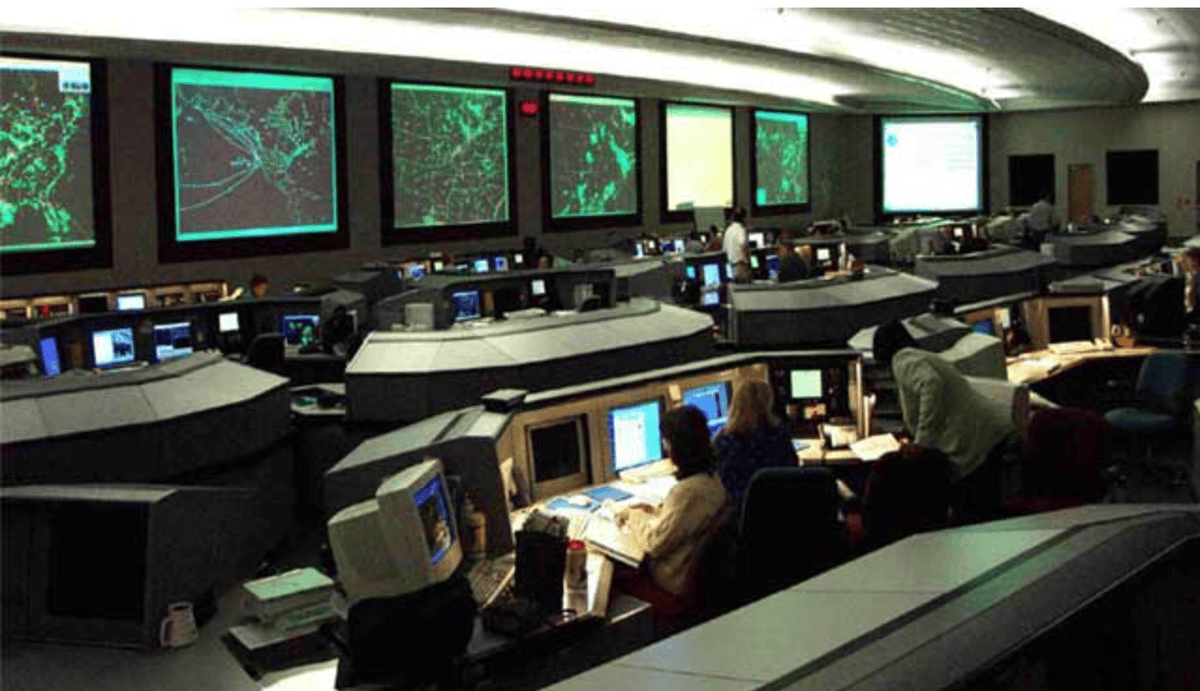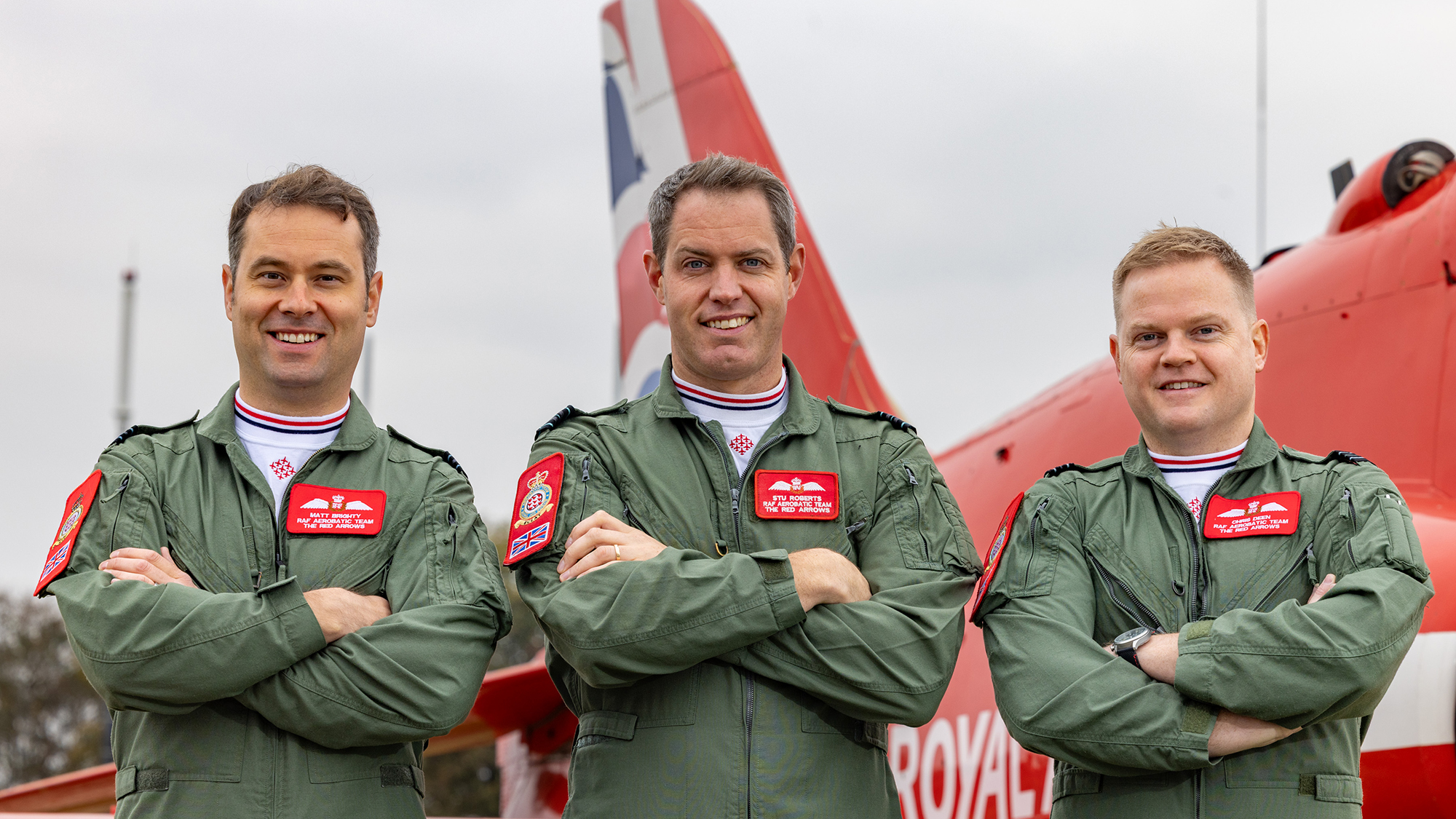The existence of the 9M730 Burevestnik was first made official in early 2018 as part of six new strategic weapons, including hypersonic and ballistic missiles and a nuclear-capable torpedo.
Russian Chief of the General Staff General Valery Gerasimov revealed on October 26, 2025 that his country’s Strategic Rocket Forces tested the 9M730 Burevestnik (Russian: “Storm Petrel”, NATO designation SSC-X-9 Skyfall) nuclear-powered cruise missile on October 21. Gerasimov claimed that the missile flew 14,000 kilometers (8,700 miles) in 15 hours.
This was stated during a visit to an unidentified frontline area in the presence of Russian President Vladimir Putin. The revelation also came as US President Donald Trump’s administration again took a tougher stance on Russia to settle for a ceasefire and the supply of TLAM (Tomahawk land attack missile) to Ukraine.
This is not the first time the new missile has been tested. In fact, many information He included an older image and video from Russian television RU-RTR showing a test in March 2018.
The Burevestnik was announced in 2018 as part of six new strategic nuclear weapons. According to previous reports, the missile could fly non-stop with its nuclear reactor and its maneuverability allows it to avoid any known anti-aircraft and missile defense systems.
Russia has announced the successful test of its devastating and powerful nuclear-powered low-flying cruise missile “Burevestnik” (Storm Petrel).
It can attack any place on Earth and remain in the air indefinitely thanks to its nuclear propulsion.
Nothing can stop him. pic.twitter.com/SdUmHQW5yc
—Chay Bowes (@BowesChay) October 26, 2025
The specifications and performance of the missile are far from known. However, Gerasimov told Putin on October 26 the exact kinematics of the Burevestnik achieved in the test, which, if true, would make it the only system of its kind, with no known analogue anywhere in the world.
🚨⚡️BREAKING AND UNUSUAL
Burevestnik”: the hypersonic cruise missile like no other in the world🔥🚀. pic.twitter.com/KB49eJdQtt
– RussiaNews 🇷🇺 (@mog_russEN) October 26, 2025
Putin-Gerasimov interaction
An English-subtitled clip of Putin’s visit was published by RT:
“As for the exercise, I would like to ask the chief of the General Staff to report on other developments. I am referring to the test of the nuclear-powered Burevestnik missile that has an unlimited range. […].”
Putin then asked Gerasimov to provide an update from the military side, who responded:
“On October 21, that test was carried out. The difference between that launch and previous launches is that there was a flight of several hours of that missile that traveled during [ineligible] 14,000 kilometers.”
Putin then interjected that “that is not its limit,” to which Gerasimov specified that it was “powered by a nuclear propulsion engine.”
BREAKING NEWS!!!!!
RUSSIA just published details of the LATEST NUCLEAR CRUISE MISSILES
🚨🚨 14K km: Russia completed tests of the Burevestnik missile – Putin
Chief of the General Staff Gerasimov to Putin:
The Burevestnik was in the air for about 15 hours and traveled 14,000 kilometers… pic.twitter.com/X1Z4AyU9Pr
— 𝐃𝐚𝐯𝐢𝐝 𝐙 🇷🇺 🇷🇺 (@SMO_VZ) October 26, 2025
“The technical characteristics of the Burevestnik allow it to be used against protected sites anywhere. During the test flight of the missile, all the vertical and horizontal maneuvers that had been planned to be demonstrated were performed.” […]”said Gerasimov. Putin intervened saying that “the missile can overcome any defense […] 14,000 km, right? to which Gerasimov responded affirmatively.
Gerasimov also confirmed Burevestnik’s 15-hour flight figure, Putin said “that’s not the limit” and Gerasimov again responded affirmatively. Putin also said they need to “classify” the weapon, “define how it can be used and start preparing the infrastructure to deploy it.”
1️⃣ Nuclear powered
The defining feature of the 9M730 Burevestnik (Russian ‘Storm Petrel’, NATO reporting name SSC-X-9 Skyfall) is its nuclear propulsion system.
Its small onboard nuclear reactor effectively gives it unlimited range. pic.twitter.com/MpwdCg1cNU
– Sputnik (@SputnikInt) October 26, 2025
The carefully written official interaction of the Burevestnik’s surprising performance clearly has strategic signaling and propaganda value. This also highlights Russia’s inclination and experience in developing compact nuclear power plants.
For example, Russia helped with “Considerable technical assistance” in the development of the 83 MW small pressurized water reactor (PWR) on India’s first nuclear-powered ballistic missile submarine, INS Arihant, according to Business standard.
9M730 Burevestnik
There are different versions of the Burevestnik. Sputnik It had a design with sharper lines, top-mounted folding wings, and an air-breathing dorsal engine. The weapon also has what appears to be a long ventral bulge running down half its length.
3️⃣ Stealth
Since it is a cruise missile, the Burevestnik can hug the ground when approaching altitudes below the detection capability of enemy radar, making interception difficult.
No ballistic flight path and no range limits means there is no point where defenses can be deployed to stop it. pic.twitter.com/Kdt1mrswd0
– Sputnik (@SputnikInt) October 26, 2025
On the other hand, RT It showed a design with a conical nose, rounded body and folding wings in the middle of the body, with an external ventral propulsion system. Both publications estimate the speed between 850 and 1,300 km/hour and a flight altitude of 25 to 100 meters, while classifying the engine as a “nuclear turbojet.”
Pavel Podvigexpert on Russian nuclear forces, stated that the test could have taken place from the Pan’Kovo test site, exchange a satellite image from August 2025 showing activity there. Information In early September there was speculation about a possible launch of the Burevestnik from that location.
On October 21, 2025, Russia conducted “the key test” of the Burevestnik (also known as SSC-X-9 Skyfall) nuclear-powered cruise missile. The test is reported to have been successful. The missile traveled 14,000 kilometers in a 15-hour flight (Image: Pan’kovo test site). Links follow 1/ pic.twitter.com/OVuCCjPiDO
— Pavel Podvig (@russianforces) October 26, 2025
a clip of Sputnikalong with a rendering, is the closest in the now-released footage of the 2018 test. It showed the Burevestnik taking off in a banked position, with footage from the cockpit of the chase plane (possibly a Su-30). Interesting images of scenes from the developer’s facilities, possibly from the Novator Design Bureau, according to the Nezavisimiya GazetaThe image shows at least six square-shaped boats with personnel inspecting the missile.

A close-up of the missile’s nose inside the canisters also showed an orange color and angled design. a concept video by Sputnik shows the weapon following a land route around valleys and peaks in the High Arctic North, and then flying over the Atlantic Ocean, circling the South American continent and then heading toward the western coast of the United States.
Meanwhile, the missile is depicted surrounding what could be U.S. and NATO land- and sea-based ballistic missile defenses. This is in line with the Russians’ definition of this weapon as “invincible.”


That trip of nearly 30,000 kilometers would be double the missile’s claimed range, and the further it flies, the easier it will be to track. However, with multiple missiles already produced (as shown in 2018 images of the Novator facility) and more expected in the coming years, Russia could employ a combination of such ultra-long-range ballistic and hypersonic systems, providing a wide range of operational options.


Russia’s “super weapons”
The 9M730 Burevestnik was among six new strategic “superoruzhie” (super weapons) presented by Putin in March 2018. According to a British think tank Chatham HouseCiting official Russian statements and mainstream media reports, these included:
- The Kh-47M2 Kinzhal hypersonic aeroballistic missile;
- The RS-28 Sarmat ICBM (Intercontinental Ballistic Missile), intended to replace the aging Soviet-era RS-36M Voevoda (SS-18 Satan) and complement the RS-24 Yars by carrying a combination of different payloads, including reentry vehicles and decoys;
- The Avangard hypersonic system, which places a new Yu-71 HGV (hypersonic glide vehicle) on an older Soviet-era RS18A ICBM;
- The Poseidon nuclear-armed underwater torpedo, essentially a nuclear-powered “multipurpose UUV (unmanned underwater vehicle), also identified as Status-6;
- The 3M22 Tsirkon (Zircon) ship-launched hypersonic missile, another aeroballistic missile for both naval and land attacks.


All of these systems are considered capable of carrying both nuclear and conventional warheads. Russia demonstrated this capability in November 2024 by launching a conventional strike with what Putin identified as the RS-26 Oreshnik.
Observers noted that multiple warheads were used in the non-nuclear conventional attack on Dnieper. Official Russian terms have frequently described NATO targets as “Western decision-making centers.”



